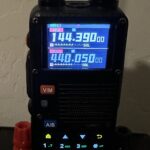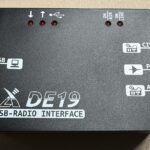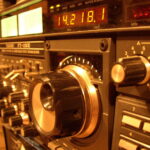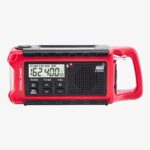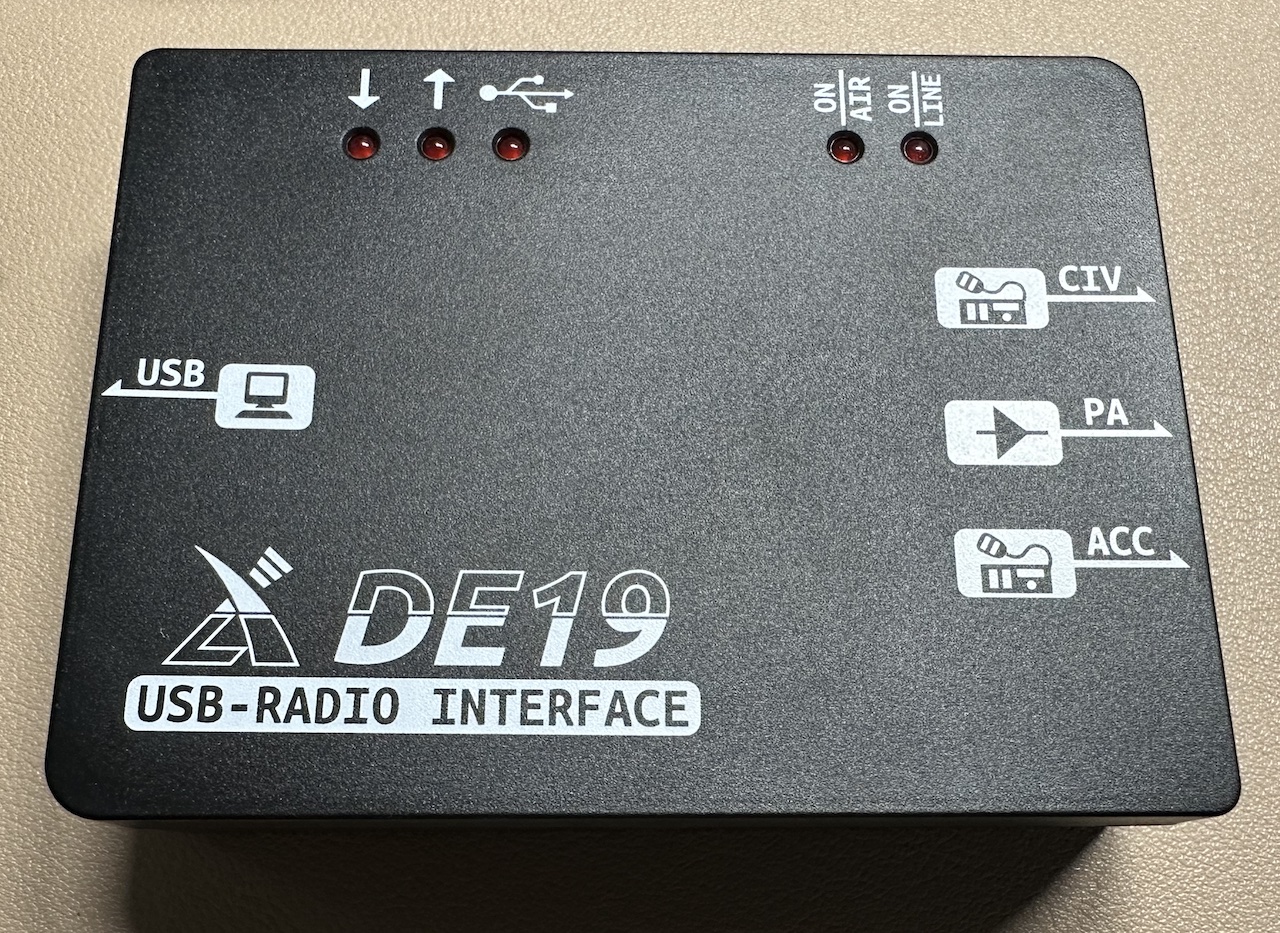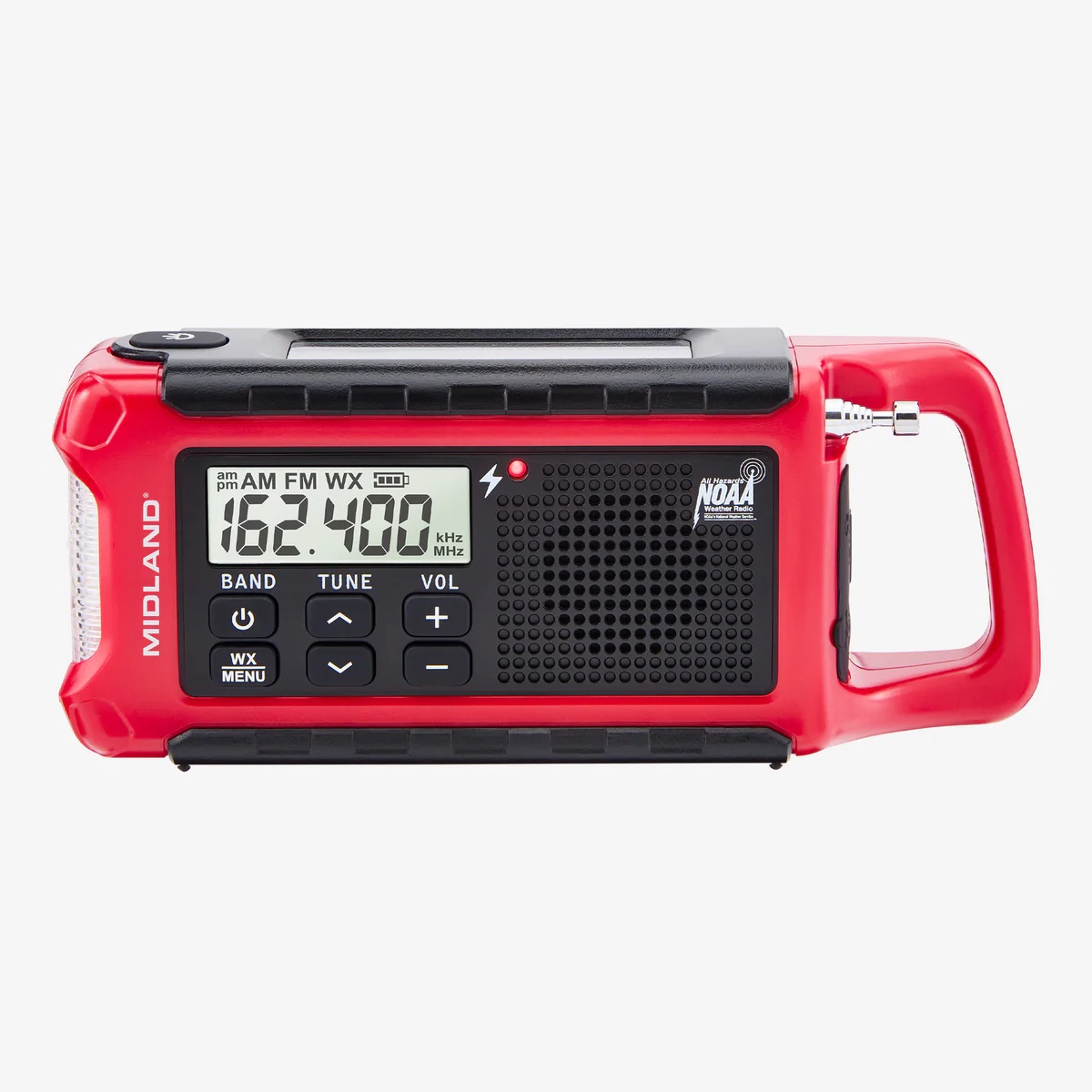GMRS is a great way to communicate at distance for basecamp or survival situations. With the right radio, you should be able to communicate in the right terrain for about a 10 mile distance. With access to a repeater, that can be extended further. With linked repeaters, that can go across state lines and in some cases, multiple states. If you have made the decision to own a GMRS radio, whether it is an HT (handheld transceiver) or a mobile unit, there are some fundamental things you need to know.
There are 22 channels and 8 additional channels for repeater access for a total of 30 channels. Many radios come programmed with at least the 22 channels, and those that are repeater capable will have 30 programmed channels.
| Channel | Frequency (MHz) | Radio Service | Maximum Permitted Power (FRS) | Maximum Permitted Power (GMRS) |
| 1 | 462.5625 | GMRS or FRS | 2 Watts | 5 Watts |
| 2 | 462.5875 | GMRS or FRS | 2 Watts | 5 Watts |
| 3 | 462.6125 | GMRS or FRS | 2 Watts | 5 Watts |
| 4 | 462.6375 | GMRS or FRS | 2 Watts | 5 Watts |
| 5 | 462.6625 | GMRS or FRS | 2 Watts | 5 Watts |
| 6 | 462.6875 | GMRS or FRS | 2 Watts | 5 Watts |
| 7 | 462.7125 | GMRS or FRS | 2 Watts | 5 Watts |
| 8 | 467.5625 | GMRS or FRS | 0.5 Watts | 0.5 Watts |
| 9 | 467.5875 | GMRS or FRS | 0.5 Watts | 0.5 Watts |
| 10 | 467.6125 | GMRS or FRS | 0.5 Watts | 0.5 Watts |
| 11 | 467.6375 | GMRS or FRS | 0.5 Watts | 0.5 Watts |
| 12 | 467.6625 | GMRS or FRS | 0.5 Watts | 0.5 Watts |
| 13 | 467.6875 | GMRS or FRS | 0.5 Watts | 0.5 Watts |
| 14 | 467.7125 | GMRS or FRS | 0.5 Watts | 0.5 Watts |
| 15 | 462.5500 | GMRS or FRS | 2 Watts | 50 Watts |
| 16 | 462.5750 | GMRS or FRS | 2 Watts | 50 Watts |
| 17 | 462.6000 | GMRS or FRS | 2 Watts | 50 Watts |
| 18 | 462.6250 | GMRS or FRS | 2 Watts | 50 Watts |
| 19 | 462.6500 | GMRS or FRS | 2 Watts | 50 Watts |
| 20 | 462.6750 | GMRS or FRS | 2 Watts | 50 Watts |
| 21 | 462.7000 | GMRS or FRS | 2 Watts | 50 Watts |
| 22 | 462.7250 | GMRS or FRS | 2 Watts | 50 Watts |
| 23/15RP | 467.5500 | GMRS | Prohibited | 50 Watts |
| 24/16RP | 467.5750 | GMRS | Prohibited | 50 Watts |
| 25/17RP | 467.6000 | GMRS | Prohibited | 50 Watts |
| 26/18RP | 467.6250 | GMRS | Prohibited | 50 Watts |
| 27/19RP | 467.6500 | GMRS | Prohibited | 50 Watts |
| 28/20RP | 467.6750 | GMRS | Prohibited | 50 Watts |
| 29/21RP | 467.7000 | GMRS | Prohibited | 50 Watts |
| 30/22RP | 467.7250 | GMRS | Prohibited | 50 Watts |
With an HT (handheld transceiver), you can transmit at a maximum of 5 Watts of power. With a mobile unit, channels 15-30, you can transmit at a maximum of 50 Watts of power.
Notice the pattern between some channels, they are 25kHz apart from each other. Also, channels 23-30 is also referred to as repeater channels so they can also be channels 15RP-22RP.
Communicating between 2 handheld units in its simplest form (simplex) would be to pick the same channel on both radios (channels 1-22), push the PTT (Push To Talk) button, announce your callsign, and begin communicating. At least every 15 minutes during your conversation, you must announce your callsign. I personally end my calls with my callsign as well.
The simple method does not use PL tones or DCS codes. This needs to be clearly stated that using a PL tone (also referred to as CTCSS) or DCS (sometimes referred to as DPL) codes do not make your conversations secure between two GMRS radios that are set with the same tone or code. It just reduces the additional noise traffic so only those who have the PL tone or DCS code set on the specific channel that you are communicating on can hear the conversation, and you cannot hear other conversations with different PL tone or DCS code. Anyone can get the PL tone or DCS code you are communicating on with the right radio that has Tone or Code scanning, then set the tone or code, and be able to listen to anything on that channel between you and the other party.
With that said, it is highly recommended that you set a PL tone or DCS code on channels you want to communicate on with your team. The one PL tone not to set it to for your team is PL tone 141.3, as it is referred to as the open travel PL tone. It is a good idea to set the travel PL tone on channel 20, which is referred to as the Travel Channel, and channel 28 or repeater channel 20 (20RP). Many GMRS users (especially those who are emergency responders or helpful people) will listen on Channel 20 and 28/20RP to help people when there is an emergency on the road or elsewhere.
Connecting to a repeater requires some configuration items. The repeater channels are offset by +5MHz, meaning, the transmit channel is 467.5500MHz and the receive channel is 462.5500MHz. This is usually programmed by default in most radios capable of repeater based communication. The only other thing you will need is either the PL tone or DCS code. There are repeaters that are private that requires both a transmit and receive tones or codes.
Finding your local repeater can be as easy as going to this site.
You may notice some of the repeaters will say CLOSED, and it may require paid membership or access request to access those repeaters.
Finally, the best thing to do to practice using your GMRS radio is find a local net (moderated by a host), which during a specific time frame, people check in with their radio, announce their callsign and name, maybe a brief message, and drop off. Also, find a buddy who will practice with you to at least get accustomed to using your gear on a regular basis. Once a week should be sufficient.

